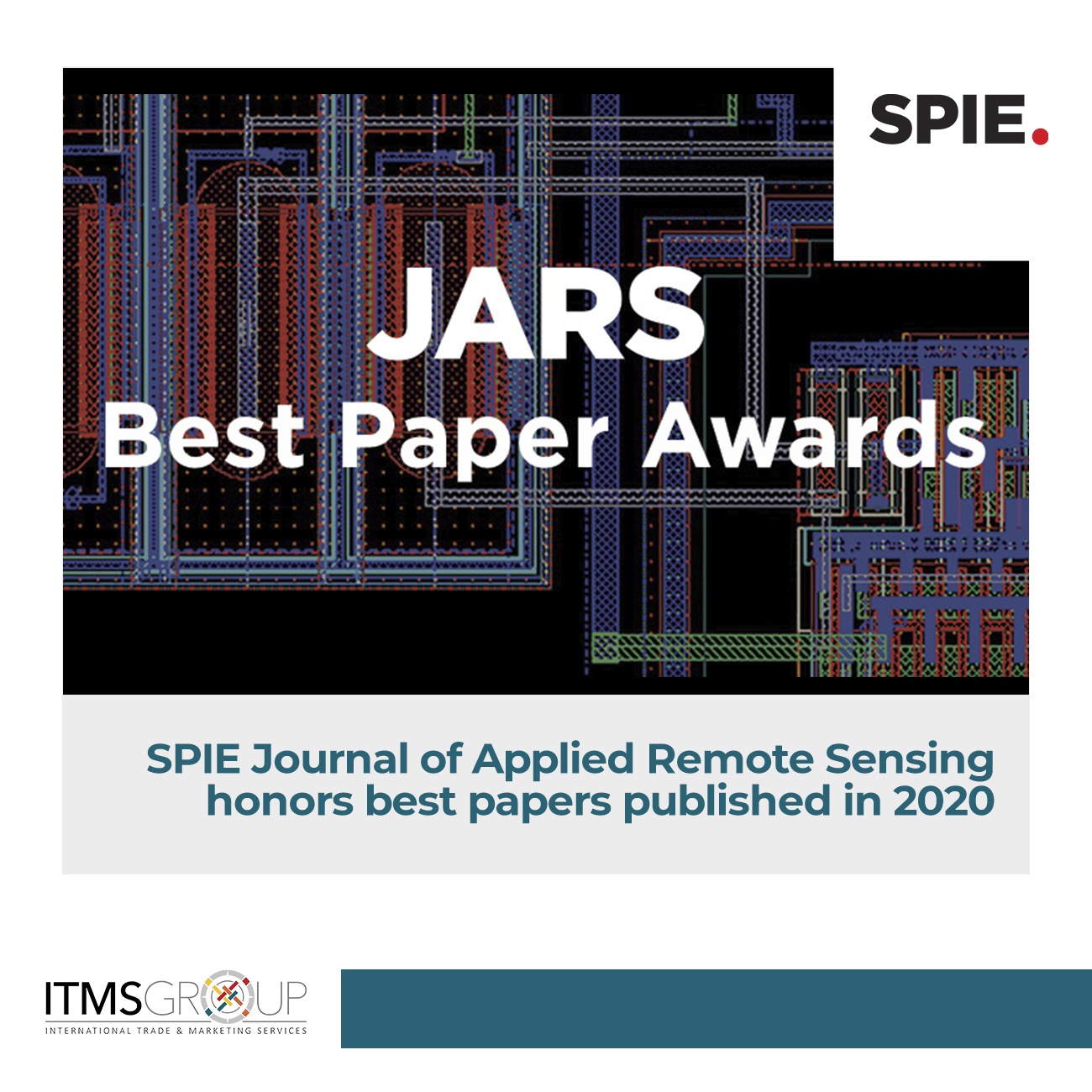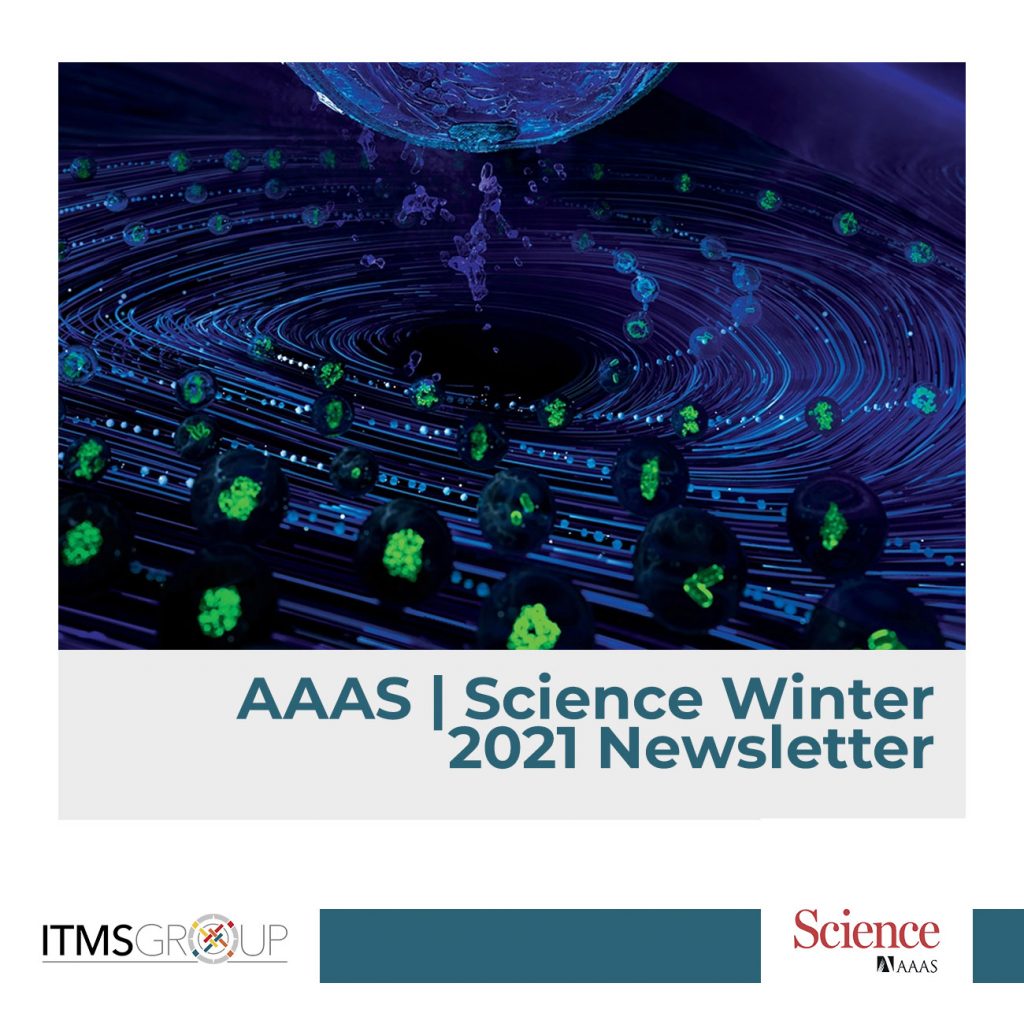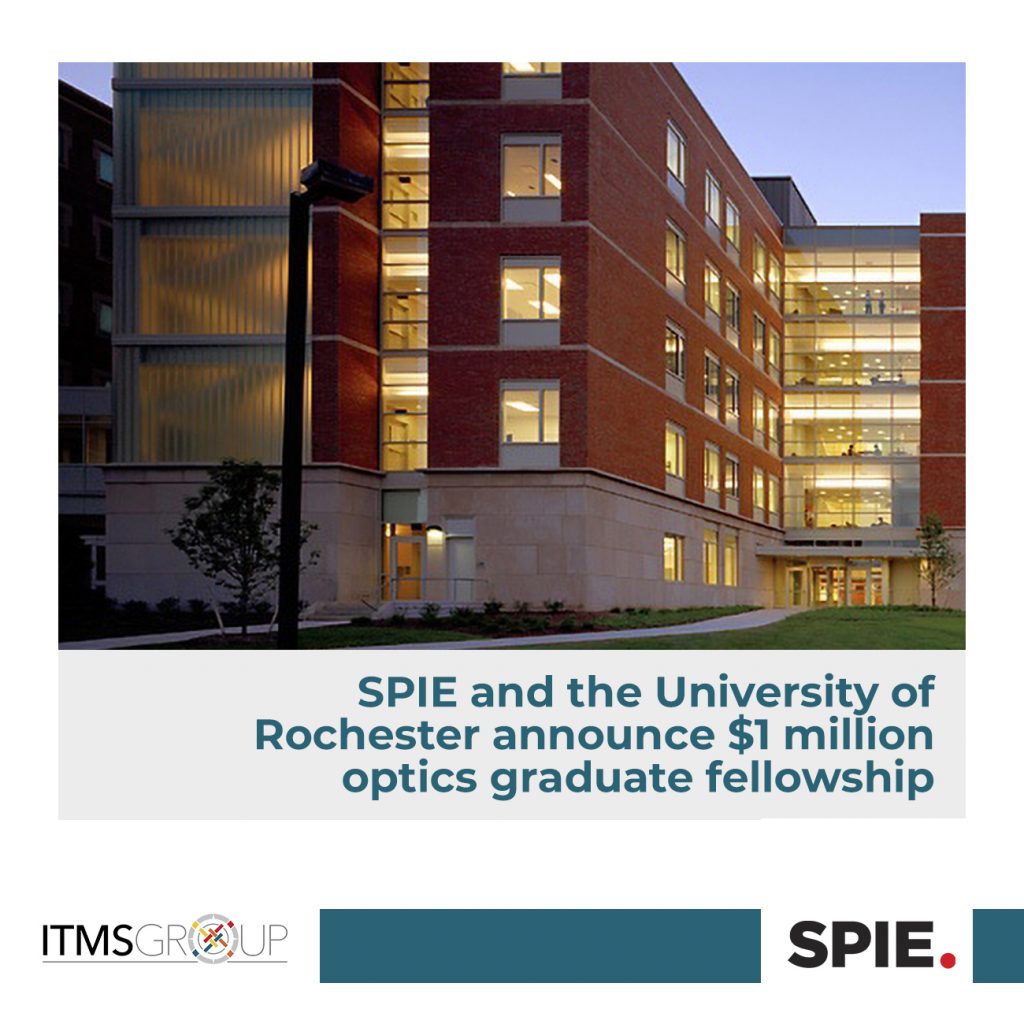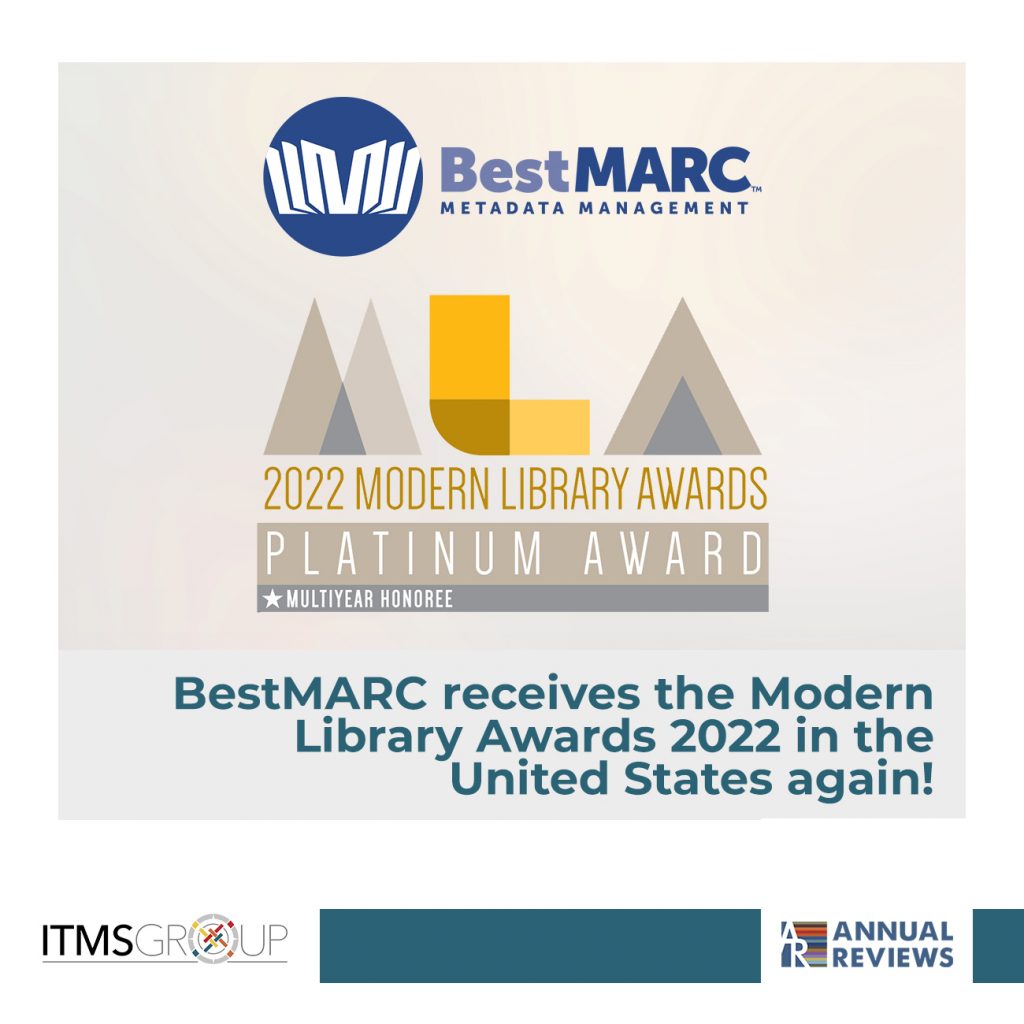Awards recognize interdisciplinary applications, theoretical innovation, and photo-optical instrumentation and design
BELLINGHAM, Washington — Exceptional articles in interdisciplinary applications, theoretical innovation, and photo-optical instrumentation and design in the Journal of Applied Remote Sensing (JARS) have been given best paper awards for papers published in 2020. The honorees were selected by the journal’s editorial board.
JARS is published online in the SPIE Digital Library by SPIE, the international society for optics and photonics, and optimizes the communication of concepts, information, and progress among the remote-sensing community. Ni-Bin Chang, professor of civil, environmental, and construction engineering at the University of Central Florida, is the editor-in-chief.
“How much benthic information can be retrieved with hyperspectral sensor from the optically complex coastal waters?” by Ele Vahtmäe, Birgot Paavel, and Tiit Kutser, of the University of Tartu, Estonia, was selected for Interdisciplinary Applications.Their study investigated the amount of benthic information a hyperspectral sensor can retrieve in the complex waters of the Baltic Sea using simple empirical and semi-analytical models.
“Noise reduction and destriping using local spatial statistics and quadratic regression from Hyperion images” by Mahendra Pal, Alok Porwal, and Thorkild Rasmussen — all of Lulea University of Technology, Sweden; Pal and Porwal are also with the Indian Institute of Technology Bombay, India — was selected for Theoretical Innovation. Their proposed method was shown to efficiently remove noise primarily from the bands inside or close to the water vapor absorption region, which are very useful and predominantly significant for geological applications.
“On-orbit calibration and characterization of GOES-17 ABI IR bands under dynamic thermal condition” by Zhipeng Wang, Xiangqian Wu, Fangfang Yu, Jon P. Fulbright, Elizabeth Kline, Hyelim Yoo, Timothy J. Schmit, Mathew M. Gunshor, Monica Coakley, Mason Black, Daniel T. Lindsey, Haifeng Qian, Xi Shao, and Robbie Iacovazzi was selected for Photo-Optical Instrumentation and Design. Wang, Yu, Yoo, Qian, and Shao are with the University of Maryland, College Park, USA; Wu, Schmidt and Lindsey are with the Center for Satellite Applications and Research and the NOAA National Environmental Satellite, Data, and Information Service, USA; Kline is with the NOAA National Environmental Satellite, Data, and Information Service, USA; Fulbright is with Arctic Slope Federal Technical Services, USA; Gunshor is with the University of Wisconsin-Madison, USA; Coakley and Black are with the MIT Lincoln Lab, USA; and Iacovazzi is with Global Science & Technology, Inc., USA. The paper summarizes efforts by NOAA’s GOES-R Calibration Working Group, in collaboration with other teams, to evaluate and alleviate negative impacts of warmer and floating focal plane module temperatures on ABI IR calibration.
The SPIE Digital Library, the world’s largest collection of optics and photonics applied research, comprises more than 540,000 publications.
About SPIE
SPIE is the international society for optics and photonics, an educational not-for-profit organization founded in 1955 to advance light-based science, engineering, and technology. The Society serves more than 258,000 constituents from 184 countries, offering conferences and their published proceedings, continuing education, books, journals, and the SPIE Digital Library. In 2020, SPIE provided over $5 million in community support including scholarships and awards, outreach and advocacy programs, travel grants, public policy, and educational resources. www.spie.org.





